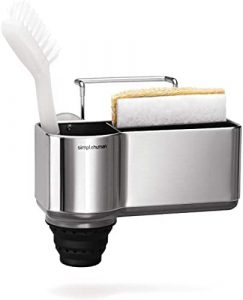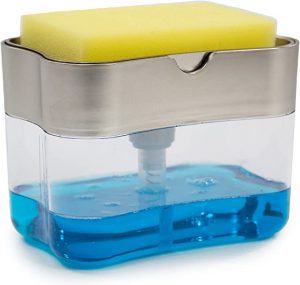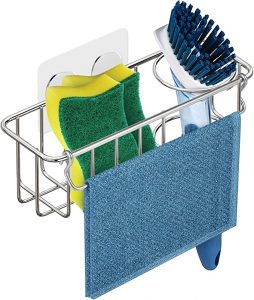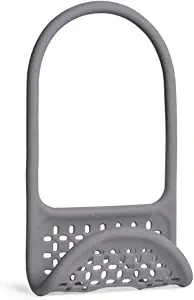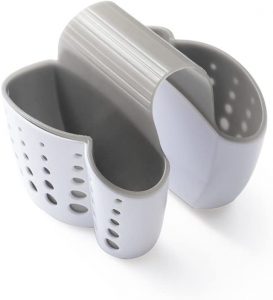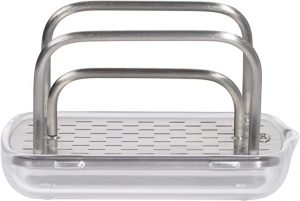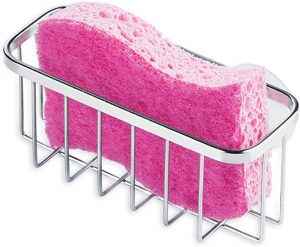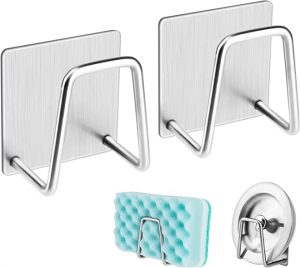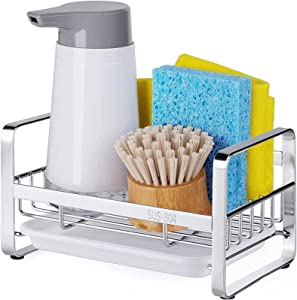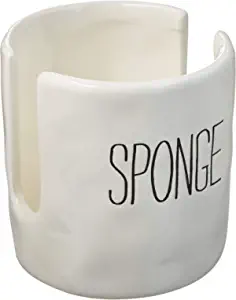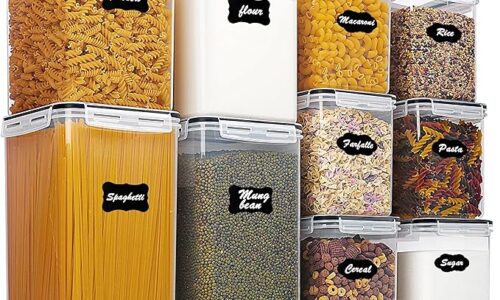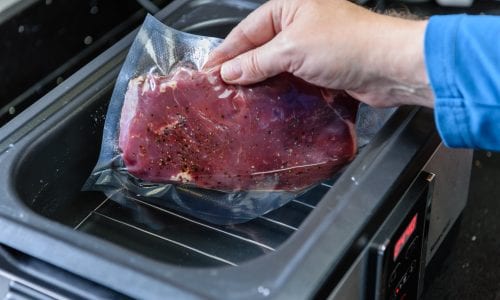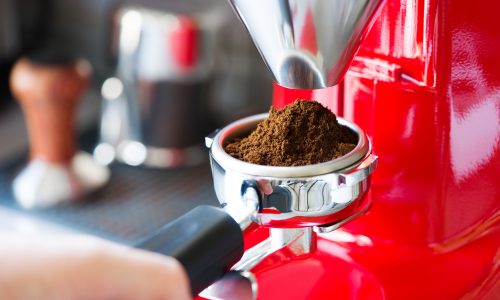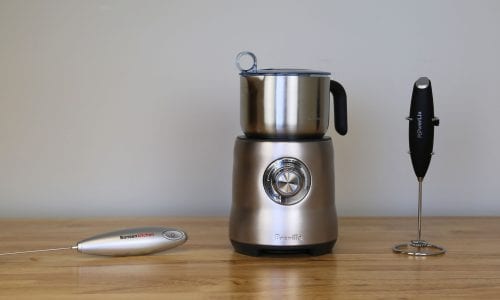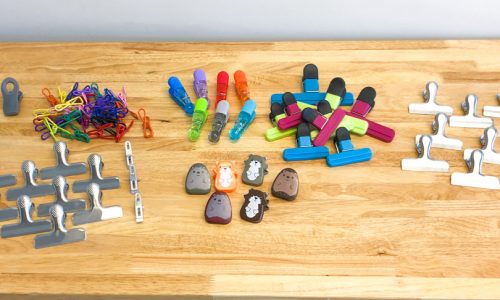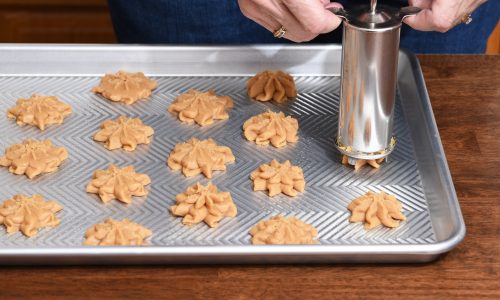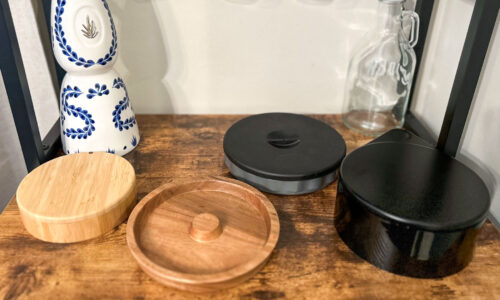The Best Sponge Holder
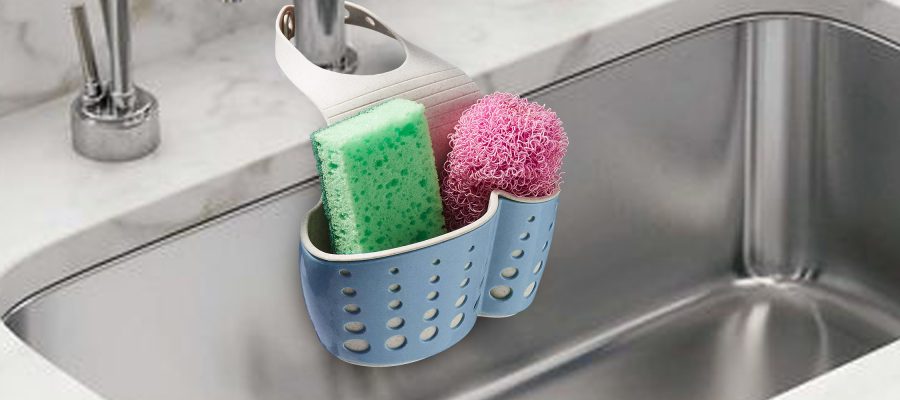
Our Review Process
Don't Waste Your Money is focused on helping you make the best purchasing decision. Our team of experts spends hundreds of hours analyzing, testing, and researching products so you don't have to. Learn more.
Our Picks For The Top Sponge Holders
- 1. simplehuman Brushed Stainless Steel Sink Caddy Sponge Holder With Drain
- 2. S&T INC. Dish Soap Dispenser & Sponge Holder
- 3. KESOL Rust Proof 3-in-1 Kitchen Sink Sponge Holder Caddy
- 4. Umbra Single-Sided Sling Kitchen Sink Sponge Holder
- 5. Eunion Plastic Faucet Saddle Sponge Holder Caddy
- 6. OXO Stainless Steel Good Grips Ventilated Sponge Holder
- 7. iDesign Gia Polished Stainless Steel Suction Cup Sponge Holder
- 8. NEXCURIO Stainless Steel Adhesive Quick Drying Sponge Holder, 2 Pack
- 9. HULISEN Stainless Steel Kitchen Sink Sponge Holder Caddy With Drain
- 10. Mud Pie Ceramic Countertop Kitchen Sink Sponge Holder
This stainless steel sink caddy with drainage holes has everything you need to keep your kitchen organized. There is room for your sponge plus an extendable pop-out brush holder for taller brushes. Four suction cups hold the unit in place.
Extra RoomyYour kitchen sink will be so organized once you add this nice stainless steel caddy.
This sponge holder doubles as a soap dispenser, which makes it an even more useful addition to your sink. Just press down on the top and it will release soap directly onto the surface of the sponge on top. It holds 13 ounces of dish soap.
Compact and UsefulIt doesn't get much better than this sponge holder with a dish soap container attached!
With a space for your scrub brush, your dish cloth and your sponge, this multipurpose rustproof caddy is a wonderful choice. It sticks to your sink with an adhesive strip that works on many surfaces and has an open design for easy drying.
Holds It AllThere is a place for everything in this simple mess-free sink caddy and sponge holder.
This unique kitchen accessory actually forms to the shape of your sink, so it will fit perfectly no matter what. It has space for one sponge or brush, and there are plenty of holes for proper air flow. Several colors are available.
Forms to FitIf your sink is curved or doesn't work with suction cups, this sling caddy is a great choice.
Buying Guide
Investing in a sponge holder is one of the best ways to keep your kitchen sink organized. As the name suggests, this device is designed to hold sponges, scrub brushes and other cleaning supplies, making it easier to access them when needed.
Sponge holders also help your kitchen items last longer because they help things drain and dry between uses. This reduces mold, mildew and bacterial growth; the longer they are wet, the more bacteria you get. Your sponge holder should allow plenty of air to flow around your sponges.
You may want a durable, small-profile item that does not get in the way when you’re washing dishes and stays put even if you accidentally bang it with a dish or your hands when you’re using the sink. A good sponge holder will stay in place on its own.
Several types of sponge holders are available, including stainless steel models that can be attached to walls, free-standing plastic holders and suction cup models that adhere to smooth surfaces like the surface of your sink. You’ll want to make sure the installation method is suitable for your needs; for example, suction cups may not work with some types of porous surfaces and tend not to adhere well to curved sink edges.
You’ll have to decide which one is best for you based on your personal preferences and the aesthetic of your kitchen, but with so many options out there, this should not be a problem!
What to Look For
- As with anything you use in the kitchen, you must replace a sponge holder periodically. This is especially true if yours is made of metal that begins to rust or if you clean it only occasionally. Some long-standing gunk can be challenging to remove.
- To ensure your sponge holder stays clean, wipe it down frequently with a food-safe antibacterial cleaner and dry it thoroughly. For stainless steel models, using a mild detergent is also recommended. If you opt for a suction cup-style holder, regularly check the suction cup and clean it as needed.
- Some sponge holders can be placed in the dishwasher for easy cleaning, but check the manufacturer’s instructions before doing this, as others are made of non-heat-resistant plastic and may melt in the dishwasher.
- Part of keeping your sponge holder clean is also caring for the tools you store there. Replace your sponge regularly, every two or three weeks, as sponges can harbor bacteria. Additionally, when cleaning dishes, you should always start with items like forks and spoons and then progress to cups, dishes and, finally, pots or pans. This ensures you don’t pass grime and grease to your less-soiled items.
- Any cooking implements that come into contact with raw meat should be washed separately, and you should sanitize the sponge, if possible. If a dishwasher is an option for you, washing things that touch raw meat in the machine is a good choice, too.
- Finally, if you or anyone in your household has food allergies, be sure the sponge you use does not touch any of those foods. Use a different sponge and sponge holder to clean items for the person with allergies.
More to Explore
Did you know that not all sponges are created equally? Experts have suggested that those made of cellulose, or wood fibers, are the best general cleaning implements you can use in the kitchen sink. This is because sponges made with cellulose work well on everything from counters to tough stains to very dirty pots and pans. Try nylon no-scratch pads instead of steel wool if you like working with tougher sponges for stuck-on food. This will prevent damage to your pans.
No matter what sponges you use, don’t keep them around for too long — even if you’re using a sponge holder to dry them out. Kitchen sponges hold more germs than almost any other item in your house. In fact, German researchers found 362 different species of bacteria and 45 billion bacteria per square centimeter in a small sample size. That’s about the same amount as you’ll find inside your toilet.

